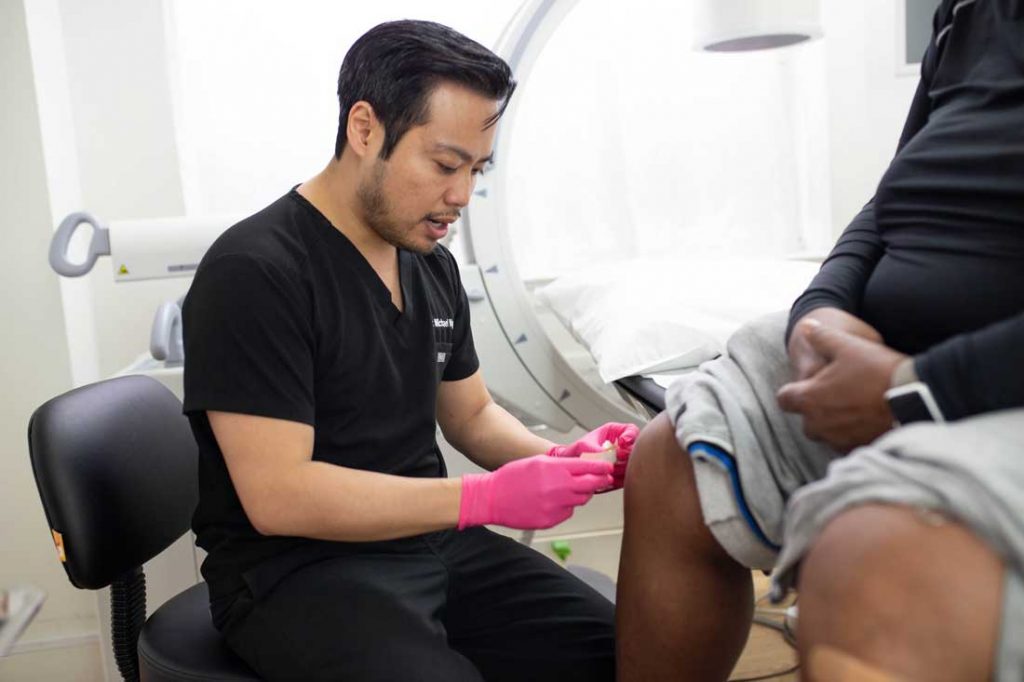Heavy leg syndrome is a disease impacting every one in three women. The problem surfaces mostly in summers when the blazing heat dilates the blood vessels causing the slow blood circulation. The most common leg swelling symptoms is the veins turning bluish or purplish. Heavy leg syndrome is known to cause fatigue and also proves to be a hindrance in daily work life. The disease impacts the day to day activities such as walking, sitting, sleeping and workouts.

According to experts at veintreatmenttx.com, the underlying causes of heavy leg syndrome is poor blood circulation in the lower limbs. Another reason for secondary restless leg syndrome is overweight. Excessive body weight puts more strain on the leg muscles, which substantially lowers the blood circulation. Vein disorders are also associated with hormonal origins, and this is evident from the cases in which it's found to be prevalent more in women than in men.
Like all diseases have some cure, there are a few ways of treating swollen legs. Here is a list of some of the ways of treating heavy leg syndrome.
Effective ways of relieving heavy leg syndrome
- Exercise
Regular exercise serves as the most effective heavy leg syndrome treatment. Brisk walking for half an hour is said to strengthen the venous walls and increase the blood circulation of the legs.
- Opt for loose-fitting clothes
For those suffering from heavy leg syndrome, tightly fitted clothes are a strict no. One should opt for wearing loose clothes which enable the muscles to be at ease. Pregnant women suffering from heavy leg syndrome are advised to ditch heels and opt for flat shoes which provide comfort to the aching veins.
- Balanced diet
One of the restless leg syndrome causes is irregular eating habits.
The consumption of junk food leads to excessive weight gain, which leads to heavy leg syndrome. Also, for those suffering from swollen leg issue, it is advised to intake more of fibres and vitamins which aid in staying hydrated. Excessive intake of caffeine and alcohol is also forbidden during heavy leg syndrome.
- Avoid Heat
Heat is said to dilate the veins and increase the pain of heavy leg syndrome. Patients of heavy leg syndrome are advised to stay indoors and avoid the sun. In case you have leg swelling symptoms, then it is advisable to avoid those waxing sessions which involve the application of hot wax.
- Proper sleep regime
According to restless leg syndrome treatment Houston, the best way of reducing the pain of heavy leg syndrome is to get an adequate amount of sleep. Proper sleep is said to promote venous return which leads to reduced leg pain.
- Massage
For smoothening the muscles when suffering from heavy leg syndrome, massage is recommended. A massage aids in relieving the stressed-out veins and increase the blood circulation in the muscles.
So these were a few useful tips which aid in reducing heavy leg syndrome. For more details on Heavy leg syndrome, visit veintreatmenttx.com.




